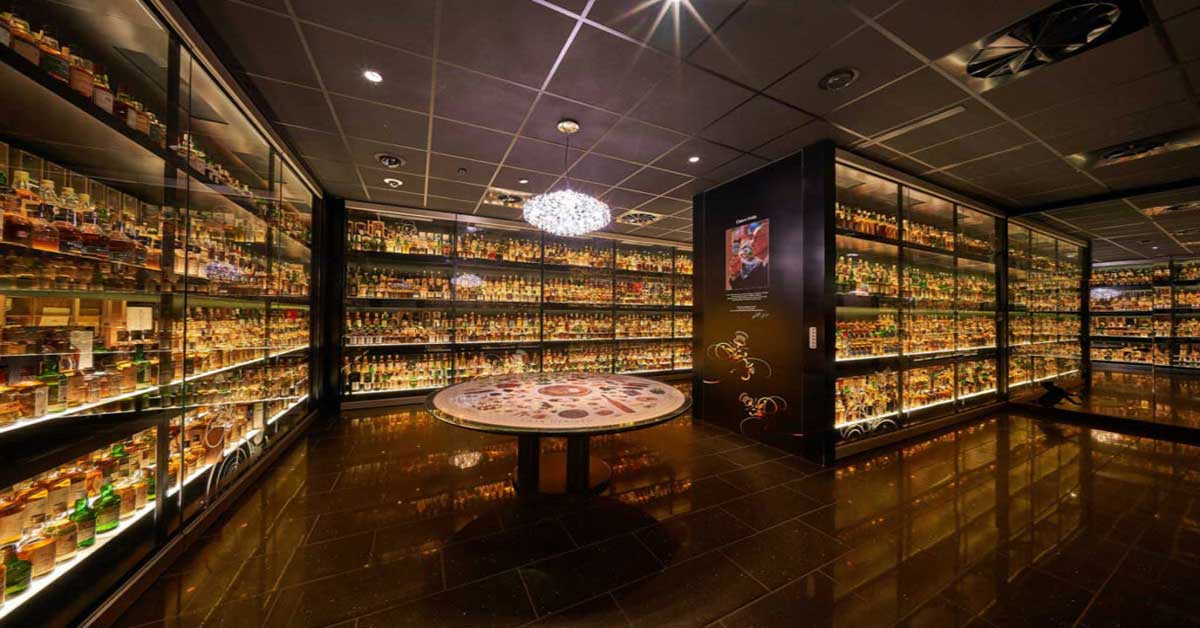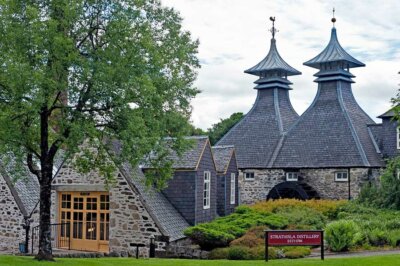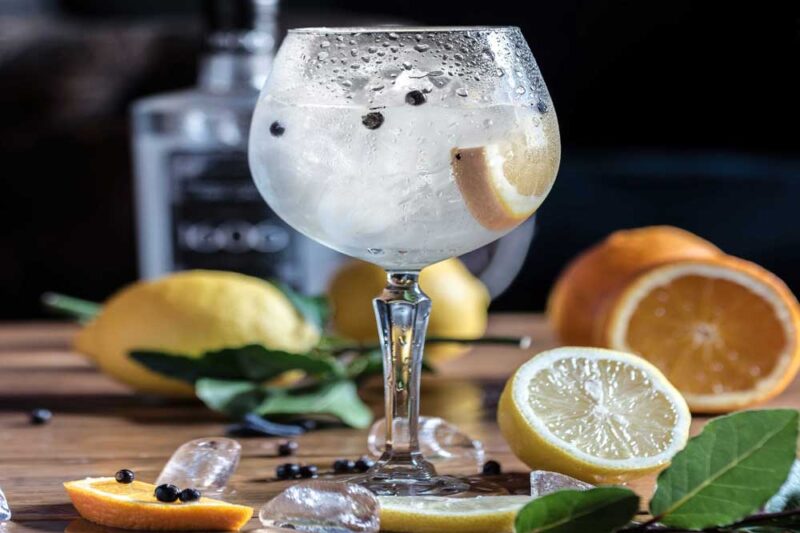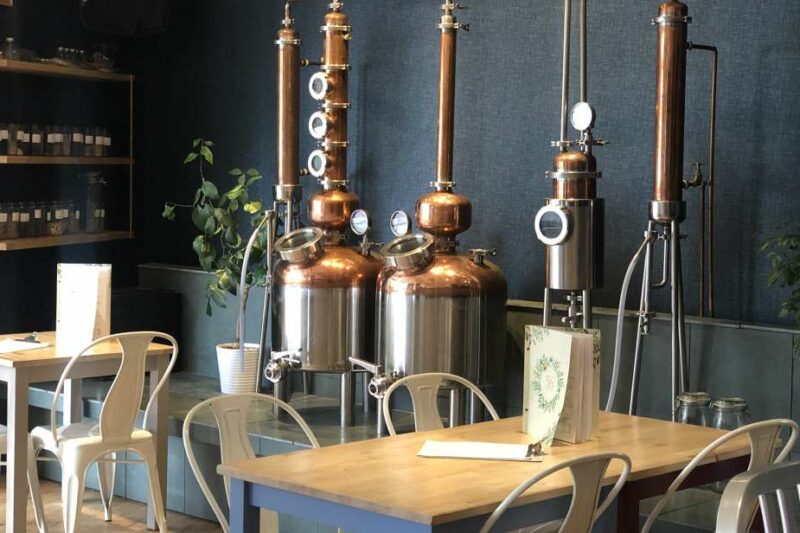
Whisky and Edinburgh is a historic pairing, so unsurprisingly the Scottish capital boasts a vibrant and diverse whisky scene.
Read on to discover more about the best Edinburgh whisky shops, Edinburgh distilleries, whisky attractions and much more.
whisky-related content
A few of the main points on that Edinburgh whisky journey are:
Edinburgh’s Holyrood Distillery opened in July 2019 with the new Johnnie Walker Princes Street, ‘whisky experience’ throwing the doors open in September 2021.
Add the impending opening of the new Port of Leith Distillery in 2023 (opened in October 2023) and it would be reasonable to think that Edinburgh’s association with Scotch whisky was a relatively new phenomenon.
However, the reality is that Edinburgh’s whisky history goes back a long way.
- In 1505, the Incorporation of Barbers and Surgeons of Edinburgh was granted the distilling rights of ‘Aqua Vitae’ By James IV.
- Some sources suggest that by 1777 there were 8 licensed distilleries in Edinburgh and dozens, if not more, illicit stills operating throughout the city.
- In 1793, William Hill (later blender and distiller Hill, Thomson and Co) opened his business in Rose Street Lane Edinburgh.
- The introduction of the Coffey Still in 1830 allowed continuous distillation.
- In 1860, Ushers blended malt and grain whisky for the first time.
- Andrew Usher established the North British Distillery Company in Edinburgh in 1885.
- From 1887 the ill-fated Pattison company, based in Leith, moved from dairy to whisky blending.
- The Great French Wine Blight of the mid-19th century meant that wine and brandy became unavailable, forcing many drinkers to turn to Scotch whisky as their drink of choice. Producers in Edinburgh and around Scotland benefitted.
- The Edinburgh Distillery (Glen Sciennes) finally closed in 1925.
- In 1823 the government passed the Excise Act that authorised legal whisky distilling for a licence fee of £10. This paved the way for the Scotch Whisky industry as it is today.
- Dean Distillery closed in 1922.
- The Caledonian Distillery closed in 1988.
- The Scotch Whisky Experience opened in May 1988.
- The Scotch Whisky Association was created in 1942, evolving from what was the Wine and Spirits Brand Association.

See these whisky-related blog posts:
Scotch Whisky regions
The Scotch Whisky Association (SWA), the industry’s governing body, says that “Scotland is home to over 130 malt and grain distilleries, making it the greatest concentration of whisky production in the world.”
The Scotch Whisky Regions recognised by the SWA are:
- Campbeltown,
- Highland,
- Islay,
- Lowland
- Speyside.
Edinburgh sits within the Lowland Scotch Whisky Region
The Lowland Scotch Whisky Region covers a great swathe of southern Scotland from Greenock on the Firth of Clyde in the west to the southern shores of the Firth of Tay in the east.
Some ‘key facts’ about Scotch whisky
- Scotch whisky – must be made in Scotland and matured in oak casks (many are ex-bourbon casks from the United States) for a minimum of three years.
- Age Statement – If the bottle shows an age statement, for example, a Laphroaig 10 Year Old, it must be the youngest whisky in the mix.
- Single Malt Scotch whisky – is the product of a single distillery but will usually contain a combination of malts from the same distillery.
- Blended Malt Scotch whisky – a combination of malt whiskies from more than one distillery.
- Blended Scotch whisky – regulations stipulate that blended Scotch whisky must contain a combination of one or more malt Scotch whiskies and one or more grain Scotch whiskies.
- Bottling – all bottling of Scotch whisky must be done in Scotland by the distillery or an independent bottler.
- Cask strength – whisky bottled directly from the cask without dilution.
- Angel’s share – the amount of content evaporation that happens during maturation.
According to J Marshall Robb, in his book Scotch Whisky, “The oldest reference to whisky occurs in the Scottish Exchequer Rolls for 1494, where there is an entry of eight bolls of malt to Friar John Cor wherewith to make aquavitae.”
A boll was an old Scottish measure of not more than six bushels. (One bushel is equivalent to 25.4 kilograms).
For all gin lovers in Edinburgh
- Find out more about Truly Edinburgh

